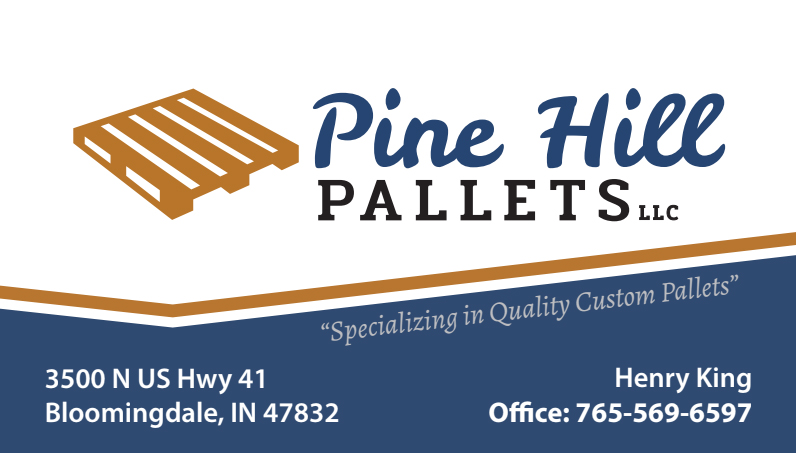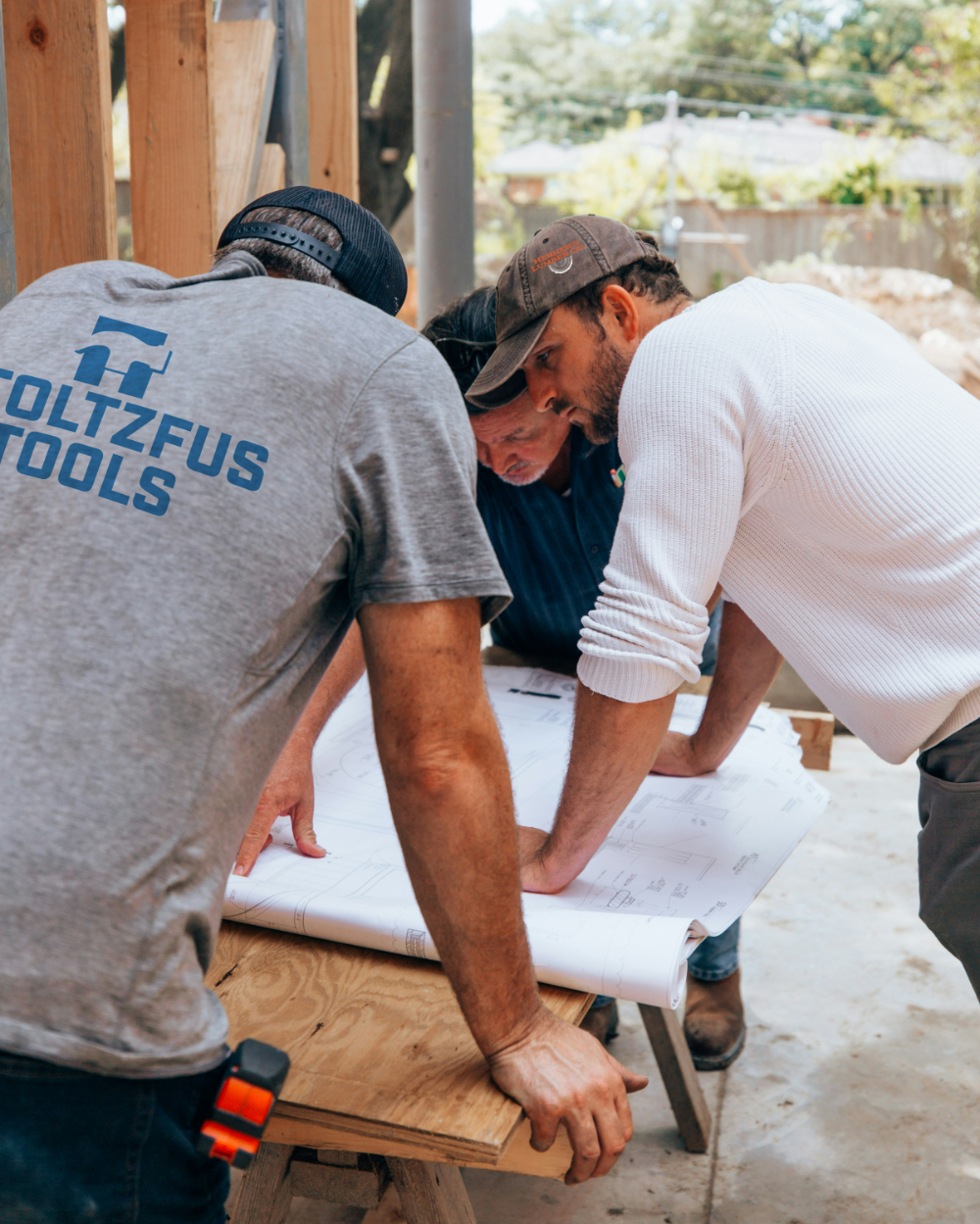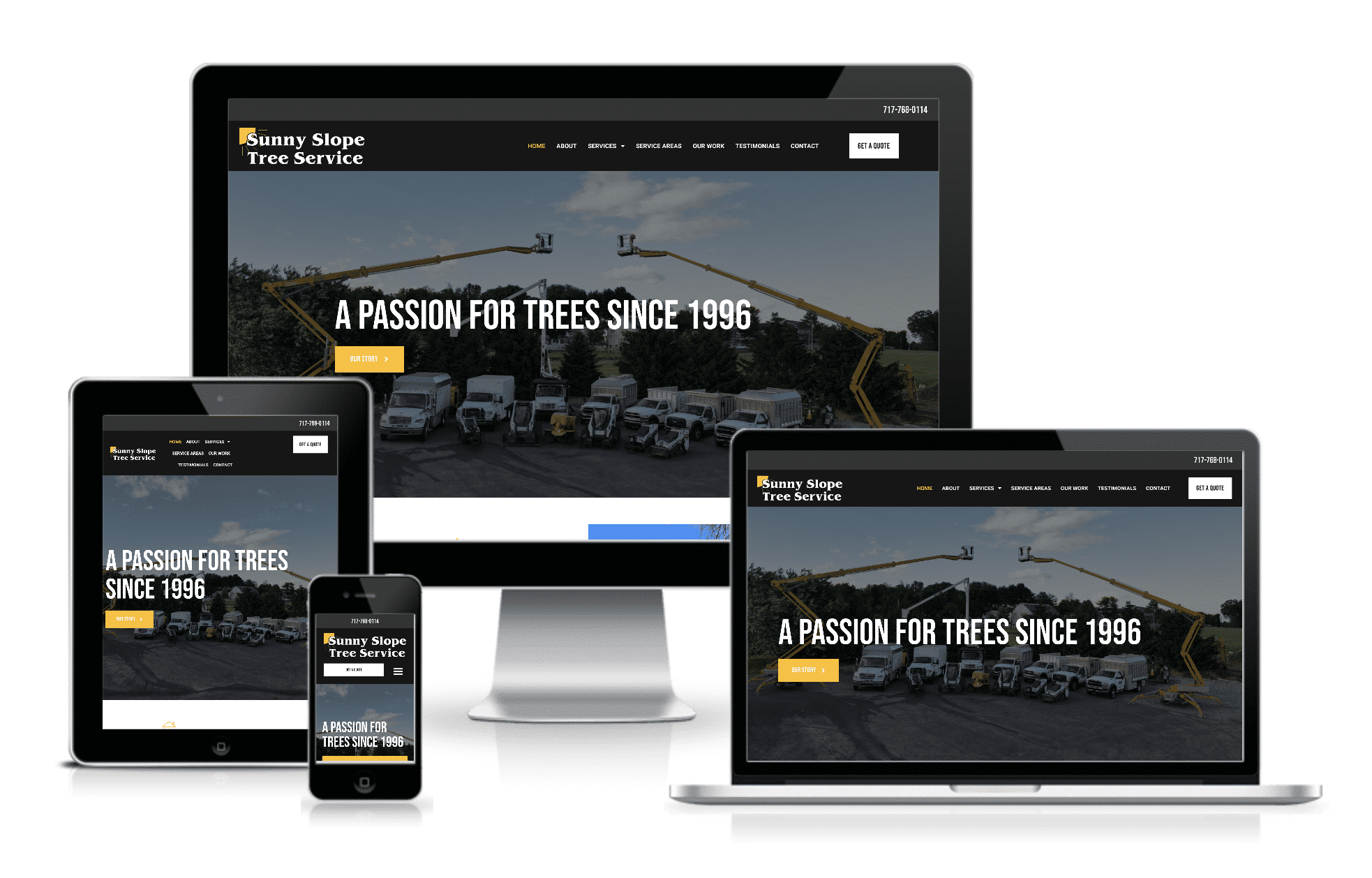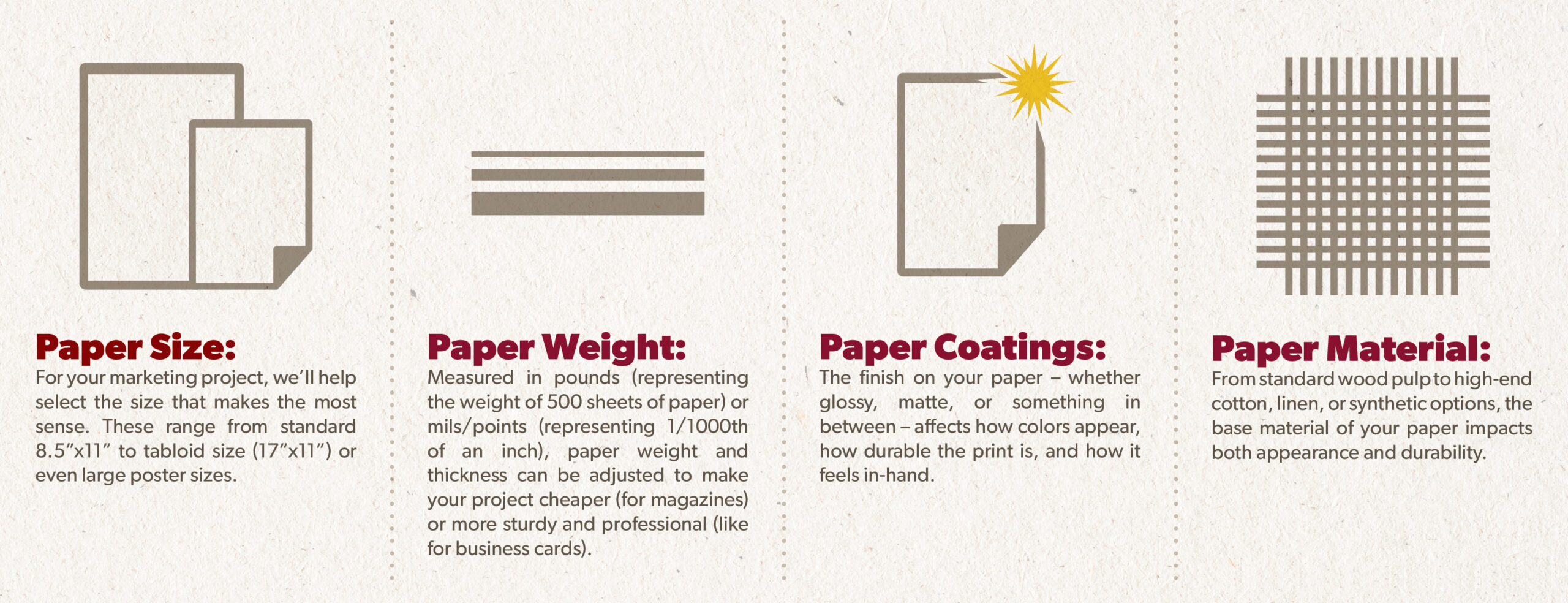Your business card might be tiny, but it carries a lot of weight. This little piece of card stock is your handshake in print form, your mini billboard, and often the first peek into what you bring to the table for your potential customers. A boring, flimsy card? That’s an express ticket to the trash pile. But a card that turns heads? That’s your golden ticket to staying memorable.
At Little Mountain Printing, our professional graphic design team has been helping business of all sizes create great print marketing materials for three decades. We’re here to spill the tea on what makes a business card that’s as unforgettable as your favorite movie quote—complete with helpful tips, tricks, and real-life examples to light the way.
Key Takeaways
- Your card should speak your brand’s language—whether it’s bold, playful, or polished—to leave an impression that aligns with your industry and approach to doing business.
- Premium materials like sturdy cardstock and textured or even matte finishes leave an unforgettable tactile experience for modern business cards. A flimsy business card can give the impression of exactly that––a lack of “durability” from your business.
- Including eye-catching details like a sharp logo or a scannable QR code can mix practicality with flair, too. A well-crafted call-to-action on your printed business cards nudges your audience toward the next step, be it a visit to your website, an email, or a quick follow-up call.
Characteristics of a Good Business Card
When you hand someone your business card, you want it to do more than just deliver your contact info—you want it to leave an impression. A great card is more than just your name and a telephone number slapped on cardstock; it’s a first impression about your brand’s personality and professionalism. Here are some of the absolute basics for personal business cards:
Make Your Contact Info Simple
Make sure your name and job title are front and center. This helps people immediately know who you are and what you do.
Don’t make potential clients or customers play detective. Include your phone number, email address, and website URL with REALLY easy-to-see formatting. Don’t overwhelm, either: in this day and age, do you really need a Mobile, Office, Fax, AND Toll-free phone number?
Bonus points if it makes sense in your industry to add your social media handles for quick online connections.
Use Easy-to-Read Fonts
Your business card should never leave people squinting.
Crisp, legible text that clearly displays your contact details is an absolute must. That often means no cursive, and try not to get “too cute” with your fonts. Most design experts say a piece of material should have 2-3 different fonts or weight, maximum.
Choose Quality Materials And Don’t Cheap Out
Flimsy, thin cards scream unprofessional. Investing in sturdy, textured materials or even printed business cards with a matte or glossy finish makes a lasting impression, both visually and physically. Rounded corners, for example, can stand out, as can embossing.
Use Clean and Captivating Design, or Go All-In on Bold
This is where you can let your personality shine.
First, your company logo is a visual anchor for your brand. Make it prominent but not overpowering. If you’ve never had a professional designer take a stab at your logo, maybe it’s time! (Hint: Your logo should NEVER have pictures in it.)
A simple design keeps things neat, but that doesn’t have to mean boring. Sometimes less is more, so don’t cram every inch with text or graphics. White space gives your design breathing room, helping the most important information stand out.
Alternatively, go to the other end of the spectrum: use a modern twist with bold colors or a well-placed background image to add interest and create balance without overwhelming the reader.
5 Design Tips or Considerations for Business Cards
Besides the above, here are 5 business card design ideas to get your creative juices flowing.
- Include JUST Your Contact Information: A minimalist design that features just your name, job title, phone number, and email can exude sleek professionalism. By stripping away extras, you create a bold statement that highlights the essentials. Pair this approach with a modern font and premium material like textured cardstock for a look that’s clean, sharp, and impossible to ignore.
- Choose a SUPER Standout Material: Skip the usual paper options and experiment with materials that demand attention. Think translucent plastic, ultra-thick textured stock, or even metal. These choices transform your card into a tactile experience that’s memorable and maybe even admired. A standout material becomes a conversation starter.
- Don’t Be Afraid to Get Creative (Or Even Silly?): Let your card showcase your personality or industry. Whether it’s a custom shape, a pop of bright color, or quirky details like fold-out features or playful puns, creative elements make your card fun to keep. This approach is perfect for creative industries or small businesses looking to make a big impression. Think of it as your opportunity to make someone smile while they remember your name.
- Add a QR Code: A well-integrated QR code is your bridge between the physical and digital worlds. It’s not just practical, it’s almost expected. Use it to link directly to your website, portfolio, or LinkedIn profile. Just make sure the code is subtly placed so it complements, rather than clashes with, your card’s overall design.
- Add a Creative Call to Action: Don’t settle for just listing your contact details. Invite engagement with a call-to-action that’s personal and memorable. Phrases like “Scan here to explore our latest designs!” or “Call me, let’s collaborate!” make your card feel more human and approachable while encouraging the next step.
Examples of Outstanding Business Cards From Different Industries
At Little Mountain Printing, a Lancaster County print shop, we make custom business cards for business of all kinds. Here are some business card design examples (some ours, some provided by clients) that we’ve printed over the last few years.

Cherry Hill Cabinetry – This card’s rich woodgrain background pays homage to the craftsmanship of cabinetry, creating a natural, earthy vibe. The bold red logo paired with a script font adds a touch of warmth and approachability, making it clear that this is a brand built on skill and personality.

Walnut Garden Exteriors – Designed with a striking orange gradient and a prominent house icon, this card makes a strong statement for roofing and siding services. The bold test is easy to read while the color scheme reinforces energy and confidence.

State of the Art Design – Featuring a sleek black background accented with neon pink and gold details, this card is all about drama and flair—perfect for a custom airbrushing business. The playful fonts add unique personality.

Keystone BBQ Supply – With their fiery red logo set against a glowing charcoal background, this card evokes the essence of barbecue. Big fonts and vibrant imagery suggest bold flavors.

Pumpkin Acres – Playful and cozy, this card embraces seasonal charm with imagery of pumpkins and autumnal hues. The inviting script font and warm tones are a representation of the brand’s festive spirit.

Pine Hill Pallets – This card blends structure with simplicity. The bold pallet graphic immediately ties into the industry, while the clean fonts and angled blue-and-brown divider give the layout a grounded feel. The tagline “Specializing in Quality Custom Pallets” reinforces the company’s clear niche, and the white space keeps everything clear and easy to read.

Livingston Tractor Service – A full-color background photo of a bright red tractor in a tilled field brings this card to life. The bold, white font stands out against the natural scenery, giving off a no-nonsense, hardworking vibe. It’s straightforward and direct, which is exactly what you want in a service-driven, rural business.
Common Questions About Business Cards
What size are business cards? Is there a standard size of business card?
The most common size for a business card is 3.5 inches by 2 inches. This size fits easily into wallets, cardholders, pockets, and the standard card stand.
What card stocks or paper weights are most common for business cards?
Standard business cards typically use 14 pt or 16 pt card stock. For a more premium feel, options like 18 pt or 32 pt are available. Thicker card stock often conveys higher quality and durability.
How many business cards should I order?
It depends on your usage. For regular networking, a batch of 500–1,000 is common. If you update your information frequently or need cards for a specific event, consider ordering smaller quantities, which will usually be 250.
The Art of Closing
Your business card is a conversation starter, a brand ambassador, a sales piece, and a lasting impression all rolled into one. From bold designs to clean simplicity, premium materials to standout features like QR codes, your card should reflect your brand’s personality and purpose.
At Little Mountain Printing, we’ve been helping businesses create unforgettable print marketing and business cards for thirty years. Whether you’re designing your first card or refreshing an old one, we’re here to help make your vision a reality. If you have questions, get in touch by phone or email and our team would be happy to talk through ideas and pricing.







